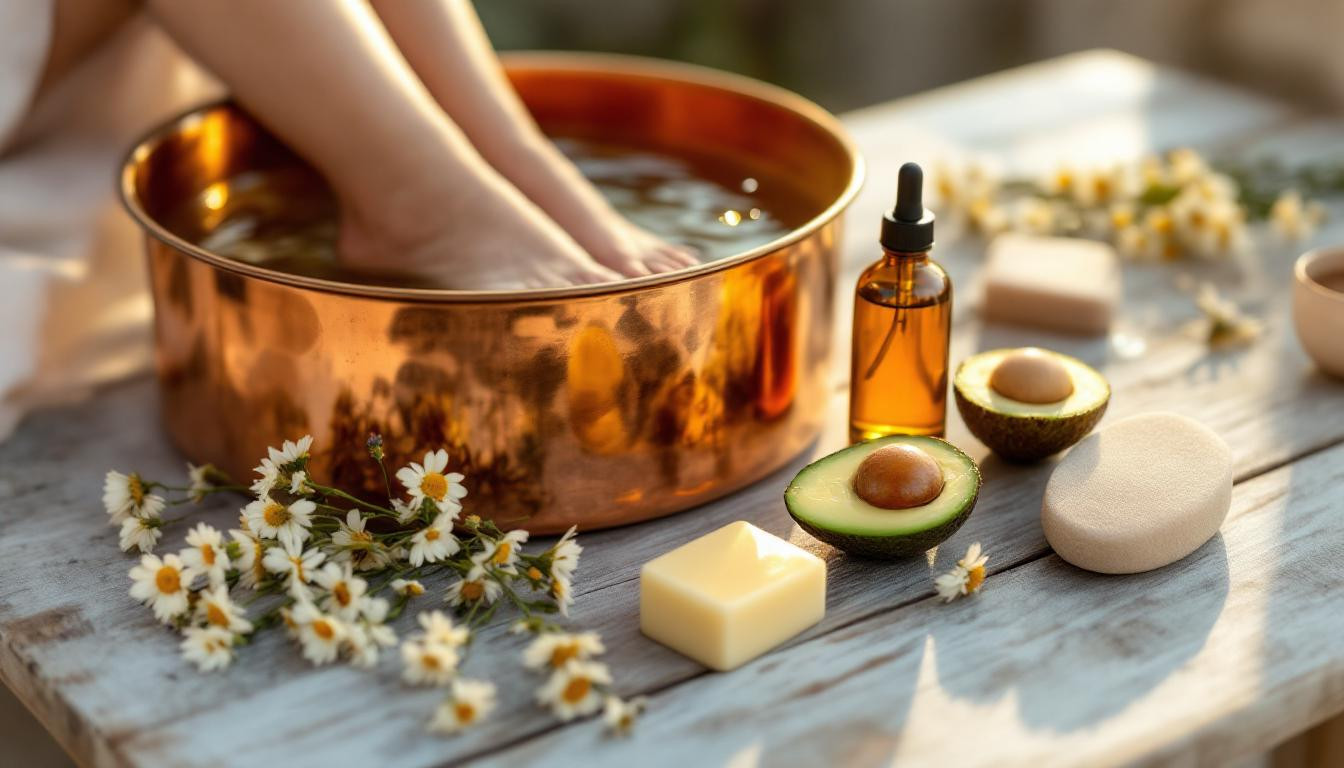Looking down at cracked, painful heels becomes an all-too-common experience after 50. Nearly 20% of adults experience cracked heels, with the incidence doubling after age 50 when our skin naturally loses moisture and elasticity. “The skin’s ability to retain water decreases by approximately 10-20% every decade after 40,” explains Dr. Sarah Reynolds, a geriatric dermatologist. “This makes mature skin particularly vulnerable to cracking, especially in high-pressure areas like the heels.”
Why aging skin cracks more easily
After 50, our skin undergoes significant changes. The fat pad beneath the heel begins to thin, while skin produces less natural oils. When weight and pressure cause this drier skin to expand sideways, painful fissures develop.
“Think of young skin like a new rubber band – stretchy and resilient. Aging skin becomes more like an old rubber band that’s lost its snap,” says podiatrist Dr. Michael Chen. “This is why consistent moisturizing becomes crucial as we age.”
Contributing factors that accelerate heel cracking include:
- Standing for extended periods on hard surfaces
- Wearing open-backed shoes that allow heel expansion
- Winter weather that further depletes skin moisture
Nature’s most powerful heel healers
The most effective treatments often come from your kitchen, not expensive creams. Natural collagen-boosting methods can help restore skin elasticity from within.
Jean Miller, 68, struggled with painful heel fissures for years: “I tried every expensive cream until my daughter suggested coconut oil with a few drops of lavender essential oil. Within two weeks of nightly application, my heels were transformed.”
The most effective natural remedies include:
- Honey foot soaks (antimicrobial and deeply moisturizing)
- Banana-avocado masks (rich in vitamins A, B, C, D, E)
- Coconut oil and cocoa butter overnight treatments
The unexpected mineral connection
Research suggests that certain minerals significantly improve skin elasticity, potentially reducing crack formation. This same approach helps many with joint stiffness – another common age-related concern.
The skin’s surface works much like garden soil. Without adequate minerals and hydration, it becomes dry and cracked. With proper nourishment, it remains supple and resilient. Zinc and silica are particularly beneficial for older skin’s structural integrity.
The healing night ritual
Evening provides the perfect opportunity for intensive heel healing. Start with a 15-minute warm water soak (not hot – this further dries skin). Gently exfoliate with a pumice stone, then apply a thick natural oil.
Overnight treatments work while you sleep, when skin cells naturally regenerate. For deeper cracks, liquid bandage provides daytime protection while healing continues.
Those with weather-sensitive joints may notice their heels also respond to barometric changes – both conditions share an inflammatory component.
“The most successful patients treat their feet like precious objects deserving daily attention, not emergency care only when painful cracks appear,” notes Dr. Chen.
Start today with a simple evening ritual: soak, gently exfoliate, apply natural oils, and wear cotton socks overnight. Within just two weeks, you’ll likely see remarkable improvement in skin texture and comfort. Your heels have supported you for decades – returning that support through consistent, gentle care will keep you comfortably on your feet for many more years to come.
